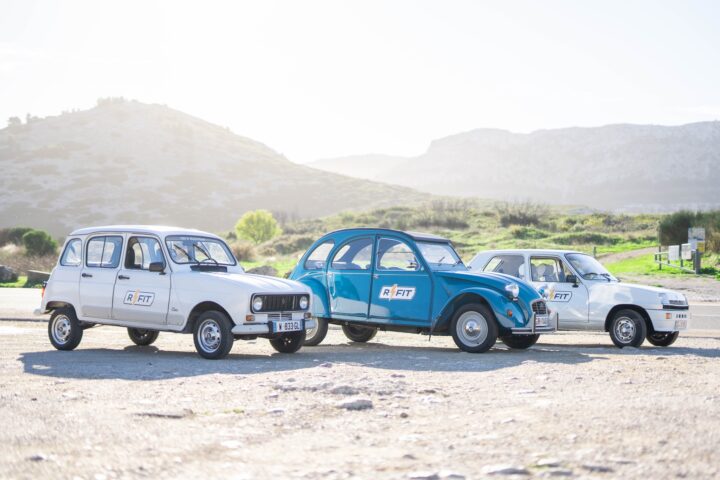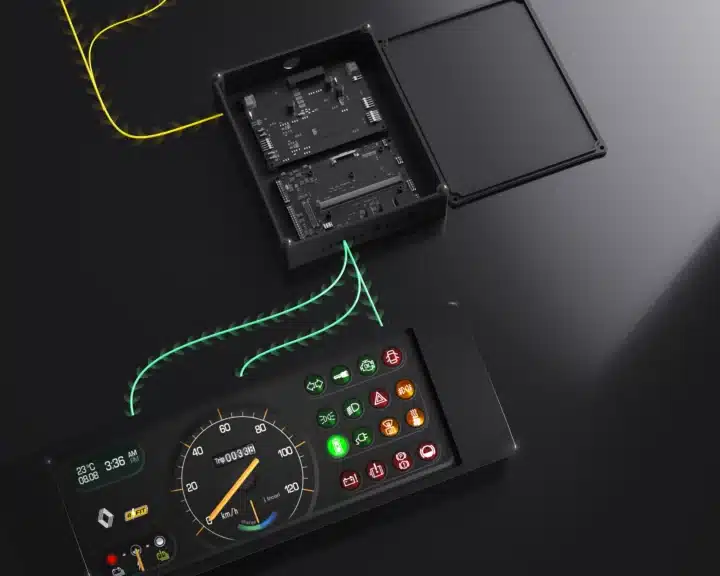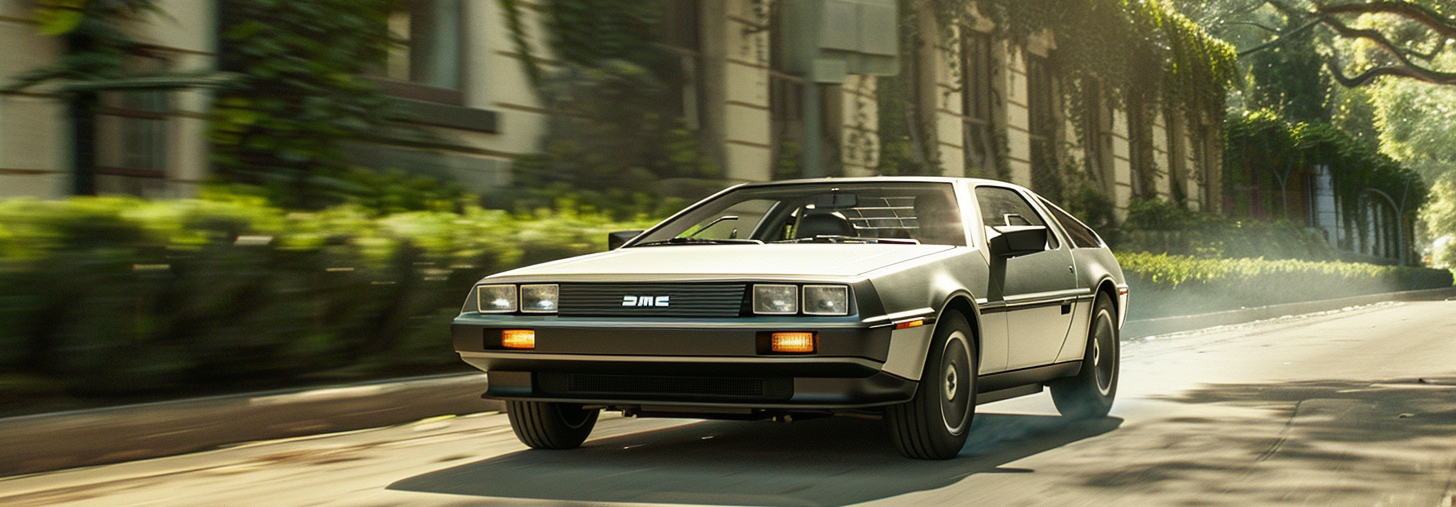Achieving climate goals requires more than just a transition in propulsion. Even though lawmakers currently focus on a vehicle’s CO2 emissions, these are only part of the problem. Emissions are produced throughout the entire production cycle, from raw material extraction to manufacturing. To achieve the mobility transition and the climate goals set by lawmakers, product lifespan can and must be extended in addition to recycling.
Using vehicles longer is active climate protection
According to forecasts, there will be around 354 million vehicles in the EU by 2030, most of them with gasoline or diesel engines. But what should be done with all these combustion vehicles when laws and air quality measures significantly restrict their use?
The most resource-efficient approach is to retrofit the existing fleet of combustion vehicles to electric drive. This gives vehicles a second, emission-free life, extending their lifecycle. Otherwise, they would have to be disposed of and replaced with newly produced electric vehicles. That would be anything but sustainable and hardly in the interest of consumers. After all, not everyone can afford a new electric vehicle just like that.

Retrofit gives vehicles a second, emission-free life
The process of conversion is called “retrofitting.” Retrofit means transforming vehicles with combustion engines into electric vehicles. This includes replacing analog instruments with digital ones to display necessary information like state of charge (SoC), range, etc., while modernizing the driving experience.
In the classic car scene, this type of “upcycling” has already become a trend: More and more people are converting their classic cars into electric vehicles. The car retains its classic charm and iconic exterior, and the retrofit classic car is welcome in every environmental zone in Europe.
What works for classic cars is also possible for newer combustion vehicles. With the right solutions, retrofitting can be used in many areas of mobility: on the road, on water, and even in the air.

The market needs “green” and economical solutions
The catch is that so far, conversion has been costly and not easy to accomplish. The software in digital cockpits, a key component in retrofitting, presents significant challenges for companies. This is where Incari makes the change and has developed solutions to make retrofitting more cost-efficient and straightforward.
Make retrofitting easy and cost efficient!
- Simple HMI development for digital cockpits: Our HMI development platform “Incari Studio” is an all-in-one tool that enables the quick and easy development of digital cockpits for retrofitted vehicles. This allows modern software to be seamlessly integrated into existing vehicles.
- Incari Retrobox as plug & play solution: With our Retrobox, we offer a perfect hardware solution for retrofitting digital cockpits. The Retrobox is a compact device that captures analog signals from vehicles and converts them into digital displays. This innovation facilitates the retrofitting of vehicles, especially in the context of electrification, and provides drivers with access to modern features, customizable screens, infotainment, and more.

Why retrofit?
Retrofit offers a great opportunity to bridge the gap between climate goals and the needs of the automotive industry. Utilizing existing resources will help the automotive sector become truly greener, instead of merely engaging in greenwashing, as often accused.
With Incari´s cost-effective and user-friendly solutions, we make retrofitting practical for both classic and modern vehicles.
You can reach us at:
Tel. +49 30 695 35 73 0
…or use the contact form.
More articles about retrofit:
- Retrofit the future!
- AI on wheels: HALF Eden presented at our Vivatech booth
- Automotive Europe and the future of mobility: How Incari enables the transition to a zero-emission era
- Retrofit Renaissance: R-FIT, Design 1880, and Incari forge a new future of vintage vehicles
- Incari Labs at the World AI Cannes Festival: Towards a sustainable future with AI and Retrofit
- Incari enables state-of-the-art interfaces in retrofitted classic cars
